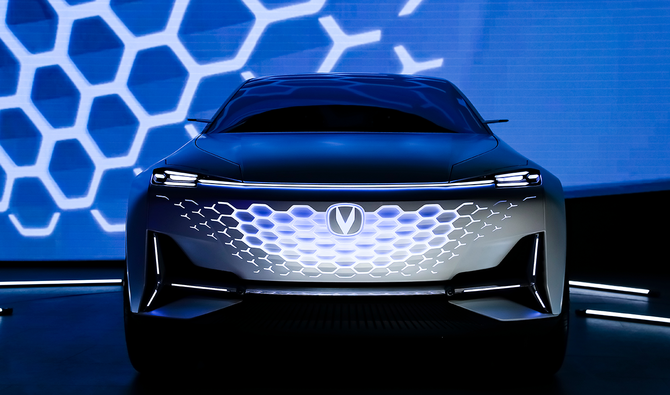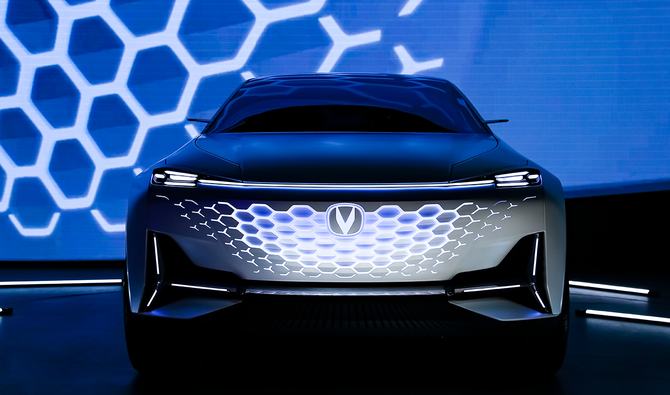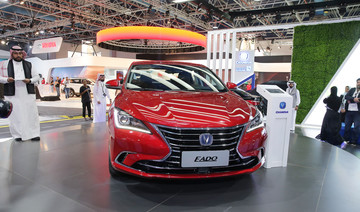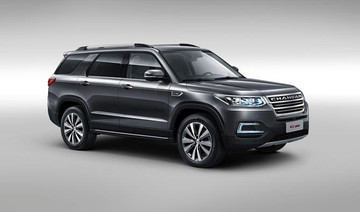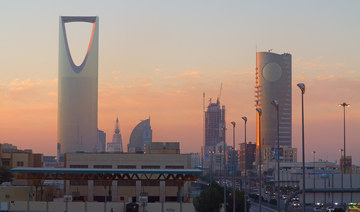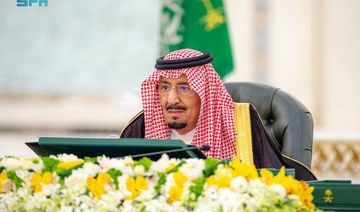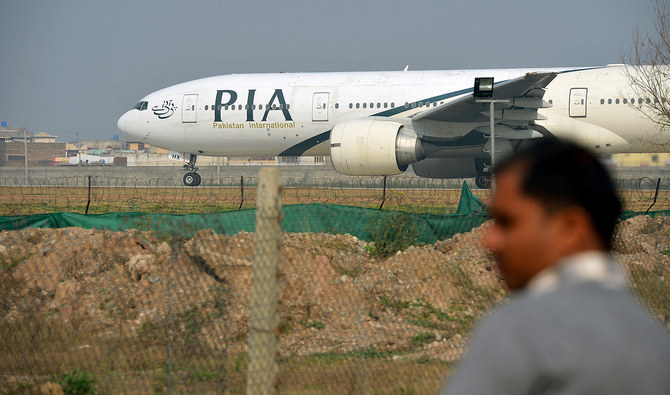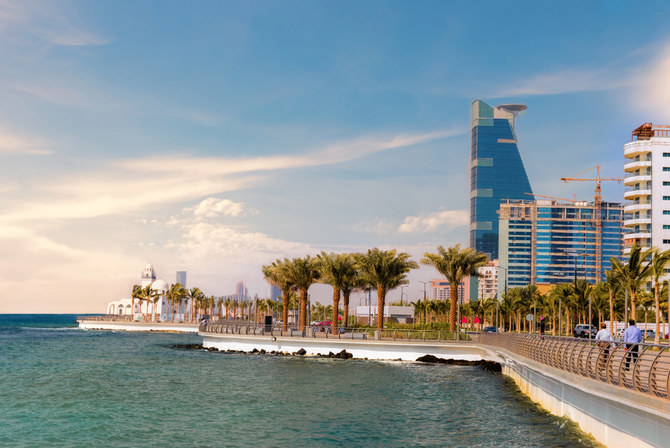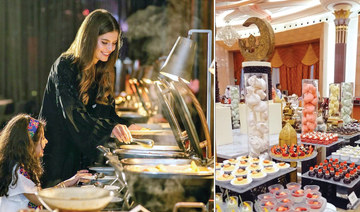DUBAI, RIYADH, JEDDAH: A decade ago, if you would have asked a Saudi whether he would consider buying a Chinese car, the answer most likely would have been no, but this has now changed.
Saudi Arabia is emerging as one of the most attractive markets overseas for Chinese car brands as they grab the attention of dealers and drivers in the Kingdom.
Car sales in China, the world’s biggest market, were down 3 percent year-on-year to 2.13 million in May, ending a streak of 13 months of growth, mainly due to a global chip shortage and increased raw material prices. Last year, despite the coronavirus disease (COVID-10) pandemic, the data showed that sales continued to surge, and at the end of 2020, Changan’s share of the market had risen to 4.3 percent, moving it two places up in the annual car brand rankings to eighth most popular.
Mohammed Ramady, an independent economist and former professor of finance and economics at King Fahd University of Petroleum and Minerals, believes Chinese cars are proving popular because they appeal to medium- and lower-income families. He said the data showed that last year, around one in 10 Chinese cars were shipped to Saudi Arabia. A clear example of the growing popularity of Chinese cars in the Kingdom is the experience of the Changan brand. According to sales data compiled by Bestsellingcarsblog.com, the carmaker, which is owned by the Chinese state, captured 2.3 percent of the Saudi market in 2019, making it the 10th most popular car brand in the Kingdom just a few years after it was introduced to Saudi drivers.
Similarly, data from Google showed that searches for the term Changan increased nearly 50 percent year-on-year in the first half of 2021, peaking in January when the brand opened its service center in Riyadh.

Dammam-based Wafi Al-Ghanim, marketing communication manager at Almajdouie Changan, the official distributor of the brand in Saudi Arabia, told Arab News there are three reasons the brand has quickly proved so successful: “Prices, quality, and warranty periods.”
“When you think about quality and specifications compared to the price in the car sector, you will definitely find that Chinese cars are far ahead of their counterparts in general, Japanese and Korean cars in particular,” Al-Ghanim said.
Looking to the future, he believes that Chinese cars across the board will continue to see strong growth and by 2022 will have captured 15 percent of the Saudi market, which “in a huge regional market is very good.”
One of the ways to boost sales is physical visibility. In January, Almajdouie built a 2,640-square-meter service center in Riyadh.
“We have had to raise the level of our services to match the high level of Changan cars, as well as to enhance the growing demand for Changan cars in the local market,” Yousef bin Ali Almajdouie, president of Almajdouie Group, said in a press statement at the time.
A report by the China Daily newspaper estimated that around 55,000 Changan cars have been sold in Saudi Arabia up to May this year, but it is not the only Chinese brand that has captured the attention of drivers in the Kingdom.
FASTFACTS
• Last year, despite the coronavirus disease (COVID-10) pandemic, the data showed that sales continued to surge, and at the end of 2020, Changan’s share of the market had risen to 4.3 percent, moving it two places up in the annual car brand rankings to eighth most popular.
• According to data, the carmaker, which is owned by the Chinese state, captured 2.3 percent of the Saudi market in 2019, making it the 10th most popular car brand in the Kingdom just a few years after it was introduced to Saudi drivers.
• An example of the growing popularity of Chinese cars in the Kingdom is the experience of the Changan brand.
Hongqi, one of China’s oldest luxury car brands, this month opened its first sales center in Riyadh, with plans to expand the network to Jeddah and Dammam.
“The market in the Middle East is key for Hongqi. And the Saudi market is crucial in the region,” Ma Zhenduo, general manager of Hongqi’s Middle East division, told Xinhua, the Chinese state news agency. “The sales have exceeded all our expectations across all the models,” said Mohammed Abduljawad, chairman of Universal Motors Agencies, Hongqi’s local partner in Saudi Arabia.
Hatem Khattab, the first marketing manager for FAW Bestune in Saudi Arabia, which sells the Chinese brands FAW, Bestune and Hongqi, told Arab News that the secret to the success of Chinese brands was the combination of price and technology.
“The manufacturers are very good at incorporating the latest technology in their cars. These are economic cars with state-of-the-art technology,” Khattab said. “The reason behind their popularity is their features, and now that they are seen more commonly on the streets, it has had a domino effect. Seeing the cars makes people think they are more reliable. They are affordable as well; we recently had a customer who bought 10 cars just for his family,” he added.
In addition to increased visibility on the roads, Khattab pointed out that Chinese brands also offer more options in terms of the range of models on offer.
“The competition in the automotive market here is huge, and I feel like the Chinese brands stepped up their game to meet the requirement of this cut-throat market. Currently, in Saudi Arabia, we have almost 20-25 Chinese brands as compared to brands of other countries that offer up to 10,” he said. Ramady said engine size was another big catalyst. Western, American, Japanese and South Korean models in the 2,500 to 3,000 cc engine sector still dominate the market, Chinese brands have positioned themselves in the 1,000 to 2,000 cc engine range, which is a growing segment in Saudi Arabia. He believes these models appeal “to a low to middle-income Saudi consumer market, especially during the ongoing COVID-19 pandemic and economic uncertainties, as well as a new niche market for Saudi female drivers owning their first cars.”
The statistics also back this up, according to Motory.com, one of the largest specialized car websites in Saudi Arabia. “Over the last few years, we have seen Chinese cars become increasingly popular with consumers, especially in Saudi Arabia. Online searches for Chinese cars on our Motory.com website have increased by around 400 percent between 2018 and 2020,” a spokesperson told Arab News.
Chinese carmakers saw exports increase by 103 percent year-on-year in the first five months of this year, according to a report by the South China Morning Post, citing data from the China Passenger Car Association. The way trends are going, many will find their way into Saudi garages and carparks, as the Kingdom continues to be a dominant source market. Fahad Al-Arjani, a member of the Saudi Chinese Business Council, echoed the view that technology was at the key factor, as Chinese brands have been “injecting investments in clean energy cars supported by the smartest technologies.” He pointed to the partnership between technology giant Huawei and the state-owned Beijing Automotive Industry Holding Co., Ltd. (BAIC) as an example.
“In addition to developing a highly efficient battery system, as well as emerging technologies, Huawei and BAIC’s first car will offer level three autonomous driving and will include 5G connectivity, which isn’t necessarily surprising given the Chinese company is a leader when it comes to the rollout of this new standard, which will make Chinese cars highly likely to lead the future of this sector for ages,” he told Arab News.


